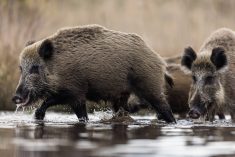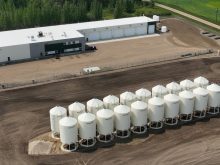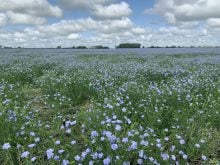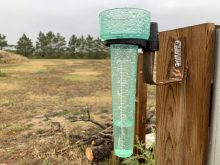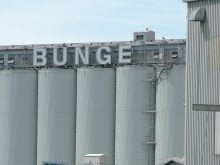Canola growers probably have a checklist of ways to get better germination rates for their crop.
- Control seeding depth.
- Check soil temperature.
- Monitor moisture levels.
They might want to consider adding a new one:
- Send seed into outer space.
Crop scientists aren’t yet recommending that farmers buy a spaceship and park it in their machine shed.
But a national school kids’ experiment that saw some canola seed spend 17 days in orbit last year aboard the space shuttle Columbia has produced some startling results.
Read Also
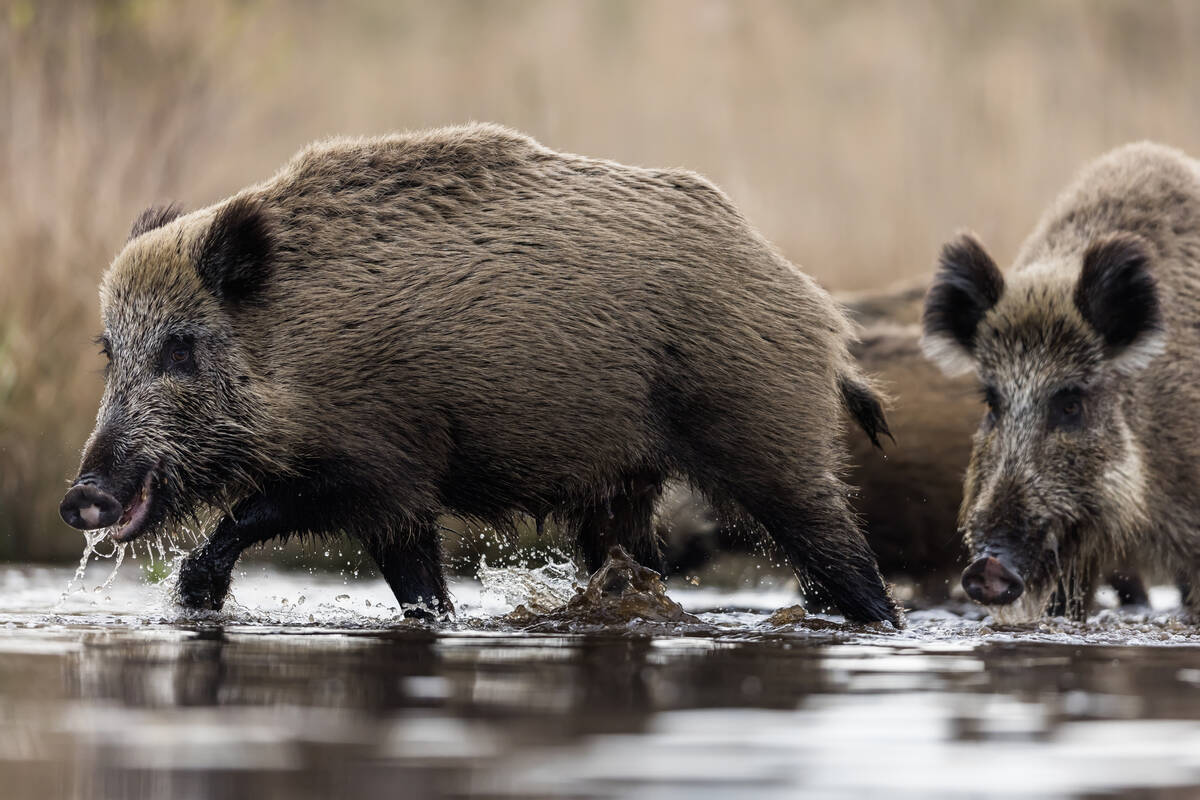
Manitoba bans wild boar possession
Manitoba has tightened the regulatory status of Eurasian wild boar in an effort to help fight back against invasive wild pigs.
When the space seed was planted in classrooms across the country, it had a three percent higher germination rate than identical seeds that stayed on earth, a difference that Agriculture Canada canola expert Keith Downey describes as “highly significant.”
Also, highly surprising.
“We’ve been scratching our heads,” Downey said last week. “When we started this we didn’t really expect to see any difference at all because seeds, although living things, are in a dormant state and there’s not a lot of biological activity going on.”
So what happened? It’s anyone’s guess.
It might have something to do with zero gravity, or maybe the increased levels of radiation in space. It might be related to magnetic fields or perhaps something happened to the seeds during the intense forces exerted during blast-off.
All those theories could be checked out here on earth, but Downey said no decision has been made whether that will happen.
But he said it’s not the first experiment to indicate that seed germination is improved by space travel.
“Everything suggests we’re not looking at something that is just a random occurrence, but that there really is something there.”
Tony Zatylny, crop production co-ordinator for the Canola Council of Canada, thinks it would be worthwhile to figure out why the germination rates were higher. If it could be identified and replicated, it could put more dollars in farmers’ pockets.
Over the years, he said, there have been many more down-to-earth ideas about how to improve germination, ranging from magnetization to scarification (roughening the seed surface).
Maybe a spaceship full of canola seed is the answer, he said with a laugh.
“What would it cost us to put 12 or 13 million acres worth of canola seed in space every year?”
As it turns out, canola isn’t the only prairie crop that’s getting an out-of-this-world experience.
Some CDC Teal wheat is now circling the earth aboard the Mir space station, courtesy of the three sixth grade students at Saskatoon’s Brunskill elementary school.
Alex Troughton, Amy Prokop and Paras Singhi, all members of the school’s Space Club, came up with the idea, and it was one of 12 experiments selected in a nation-wide contest.
Students guess outcome
The seed will come back to earth in January and be tested at the University of Saskatchewan. But the kids are already pretty sure what the tests will show.
“We think when it comes back, the space seeds are going to grow faster,” said Amy.
Why?
“Because there’s less gravity and we think the seed coat will soften and it will germinate faster because it’s softer,” said Paras.
Wheat breeder Pierre Hucl, of the University of Saskatchewan, isn’t so sure. The experiment is mainly an educational process for the students, he said, and with only 12 seeds in orbit (compared with 100,000 seeds in the canola experiment), the results won’t mean much.
“We’re not looking at this as a way to increase wheat germination,” he said. “If anything really obvious shows up, that will just be a bonus.”


